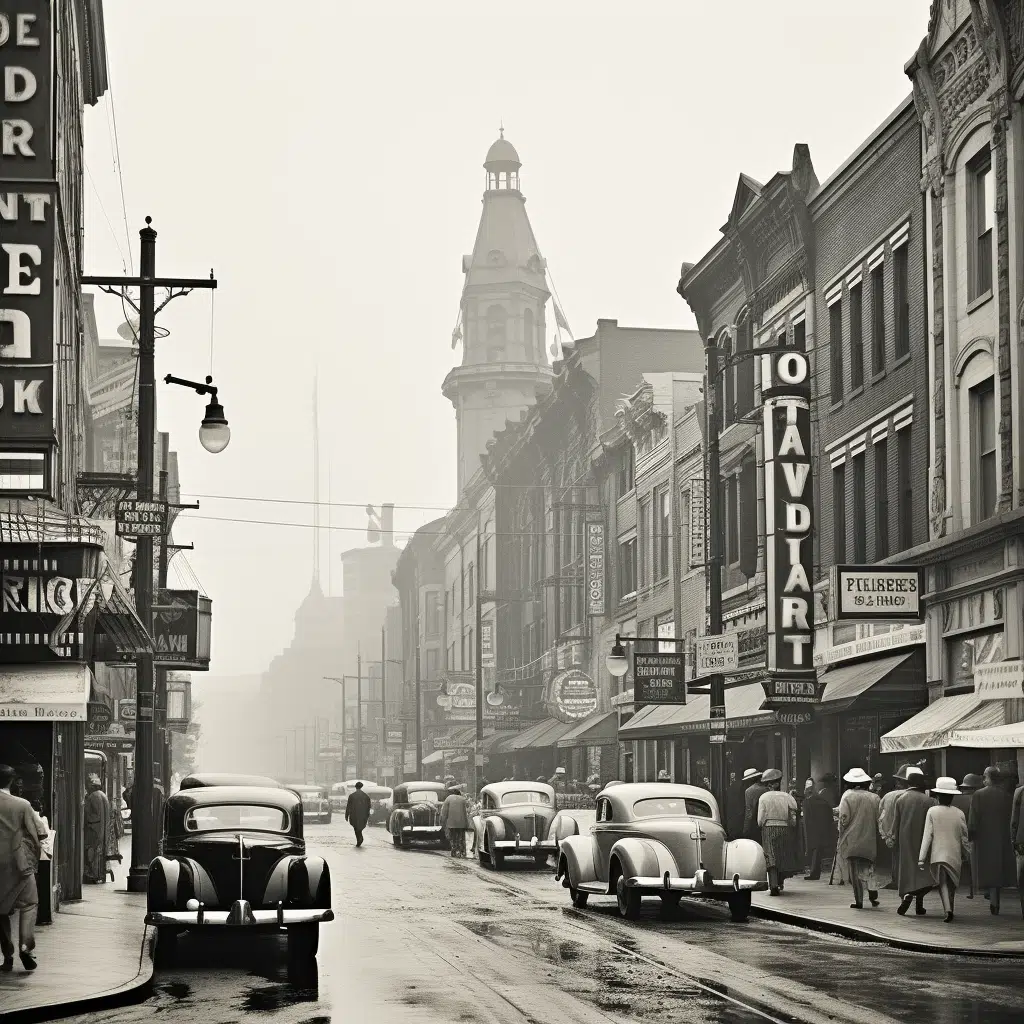Iconography isn’t just about pretty pictures; it’s a deep well of symbols and themes that shape and reflect culture and art throughout history. From the Renaissance to modern expressive forms, iconography transforms narratives, engages audiences, and opens pathways for interpretation. Today, we’ll explore the layers of meaning in artistic expression and the profound effects of iconography across epochs.
The Role of Iconography in Renaissance Art
During the Renaissance, iconography became pivotal. This period saw maestros like Leonardo da Vinci and Michelangelo skillfully embedding rich symbolism in their masterpieces. Take da Vinci’s “The Last Supper,” for example. Each figure’s arrangement and the play of light aren’t just aesthetic choices but a treasure trove of biblical messages. Almost every detail guides viewers, urging them to ponder relationships and divine moments.
On the other hand, Michelangelo’s Sistine Chapel ceiling showcases iconography in a grand narrative of biblical truths. It serves as a canvas for theological dialogues, enabling deep engagement with spiritual concepts. This era transformed art from a mere aesthetic pursuit into a crucial intellectual discourse, influencing everything from theology to everyday life.
The impact of these Renaissance artists’ work transcended their time, prompting curious minds to seek greater understanding. As the symbols and themes evolved, so did society’s rituals and beliefs. Iconography became a lens through which people examined their own lives, beliefs, and the intricate tapestry of their existence.
7 Iconography Examples That Shaped Culture Across Time
Iconography isn’t just a relic of history; it has consistently shaped cultures throughout time, from sacred chants to street art. Here are seven pivotal examples:
The Evolution of Iconographic Interpretation
Iconography adapts and changes as society evolves. In our tech-driven age, digital imagery is shifting how we interpret symbols. Artists now harness platforms that merge multiple forms, transforming iconography into a dynamic engagement with their audiences.
Think about how memes capture current events, morphing cultural references into new visual languages. What began as simple images now provoke deeper conversations about societal issues, reflecting an ever-changing landscape of ideas and beliefs.
The evolution of iconographic interpretation showcases art as a living dialogue rather than a static representation. As culture evolves, so does the layer of meaning behind these symbols; they remain relevant, engaging, and thought-provoking.
The Future of Iconography in Art and Culture
As we gaze into the future, iconography remains a vibrant force in art and culture, especially as global challenges arise. Today’s artists wield iconography as tools for activism, addressing pressing issues like climate change and social justice.
The integration of advanced technologies like augmented reality develops new storytelling avenues. Imagine viewing traditional artworks that evolve with the gaze of viewers, intertwining age-old symbols with contemporary narratives bound by a shared reality.
Ultimately, the future of iconography lies in its power to unite diverse voices. By fostering understanding through layered meanings, artists serve as catalysts for collective action. Art will continue to resonate deeply within cultural contexts, urging individuals to ponder the profound narratives threading through humanity’s visual experience.
In this ever-evolving tapestry of creativity, iconography stands testament to a shared human experience, inviting us to look beyond mere visuals. It encourages us to seek the narratives underpinning our existence, revealing the intricate connections that bind us all in a beautifully complex world.
The Impact of Iconography on Culture and Art
A Deep Dive Into Iconography
Iconography, or the visual imagery and symbolism used in art, has a fascinating and storied past that not only shapes our artistic understanding but also reflects societal norms and beliefs. Did you know that the intricate designs of arabesque patterns have been prominently featured in various cultures, symbolizing infinity and connection? In the world of art, these symbolic elements can paint a whole narrative just with their shapes and colors. Take, for example, how different cultures interpret the use of natural patterns; the versatile spice, dhanias or coriander, often shows up in local art, symbolizing freshness and life across various traditions.
Fun Facts About Iconography
In a light-hearted twist, iconography isn’t all sober symbolism—it also seeps into pop culture! The media often uses these symbols in unexpected ways, contributing to trends and entertainment. This leads us to a curious case of public intrigue: the speculation around James Hewitt and Prince Harry’s resemblance has turned into a pop culture icon, showcasing how iconography can stoke fascination beyond art. Similarly, various themes emerge in frequent celebrations, like the vibrant and lively atmosphere of a jackpot party, which reflect different societal joys and milestones, showing how imagery resonates across events.
Everyday Iconography in Life
Switching gears, let’s not forget how iconography spills into everyday life. Whether it’s a casual meeting at a cozy café where someone sports a cool pair of loafers or the colorful banners at Comiket that passionately exhibit unique fandoms, these symbols help weave our communal narratives. But what about the weather? Ever heard of La Crosse weather? It showcases how certain representations in weather metaphors can give a snapshot of our collective experience. So whenever you snap a photo at a gathering or admire a lovely piece of art, remember—you’re engaging with an ongoing conversation that iconography has sparked across generations!




























